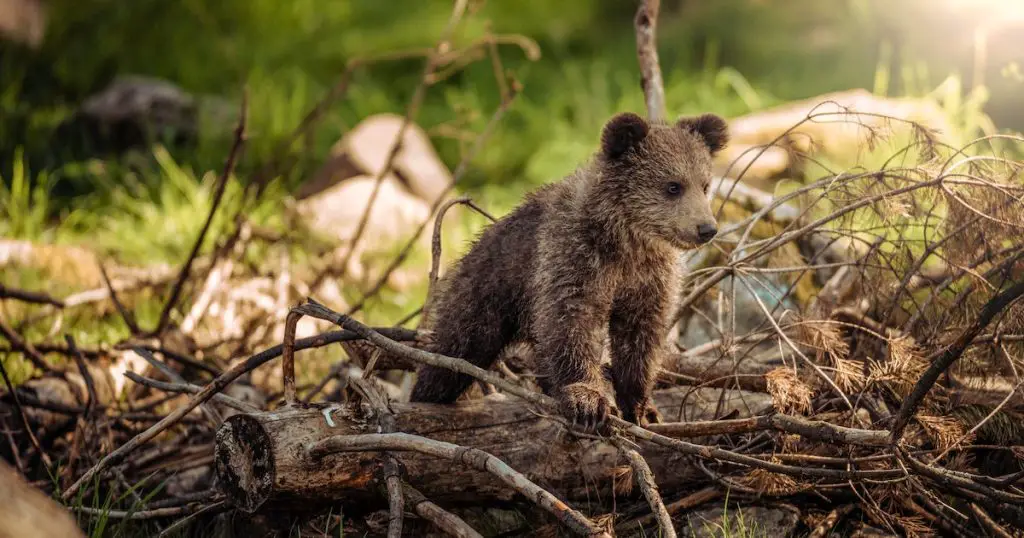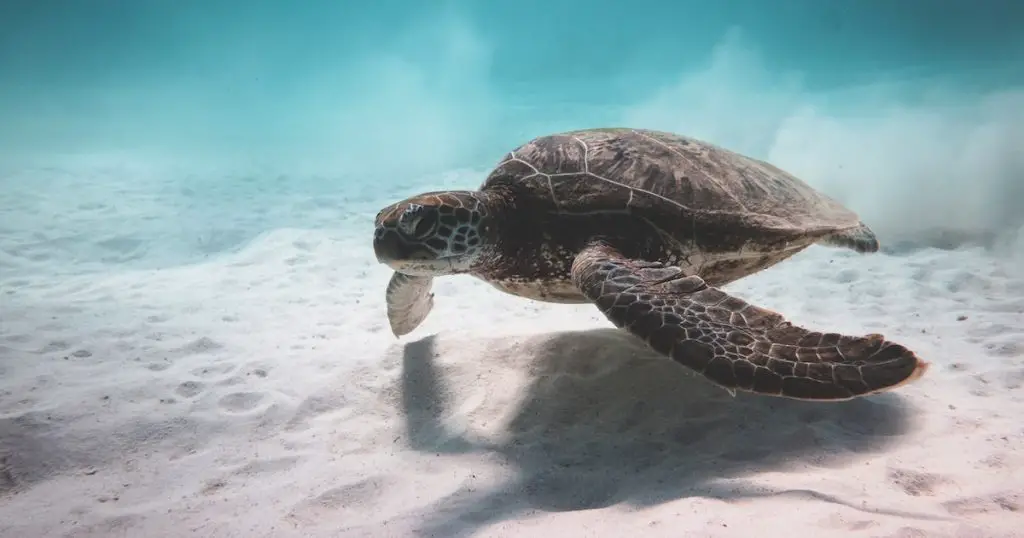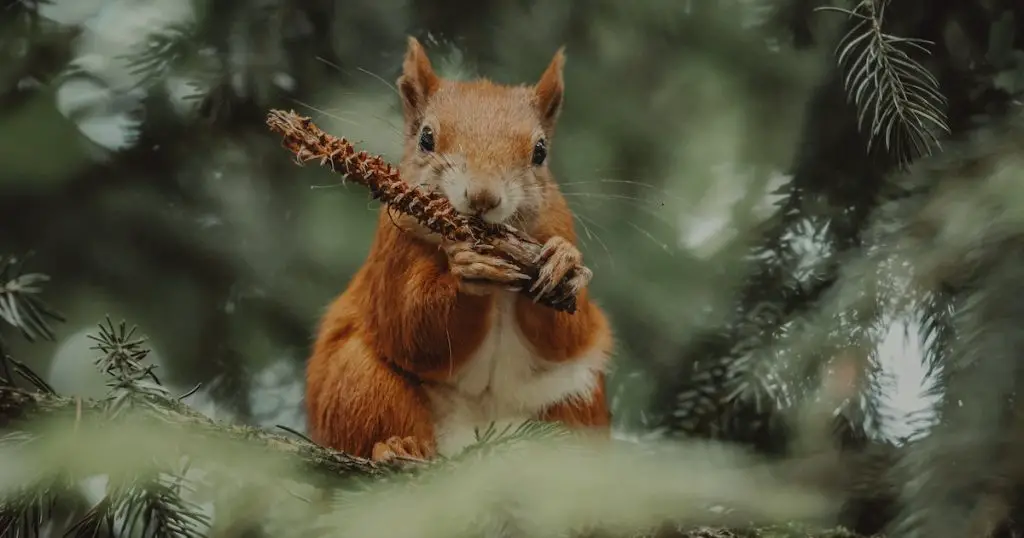The unique landscapes of Prescott have long been shaped by human activity. One of the most impactful has been mining. As Prescott’s hills and valleys echoed with the sounds of digging and drilling, a silent transformation occurred below and around.
The changes in wildlife habitats due to Prescott’s mining offer a fascinating, yet at times, somber narrative of how human endeavors can inadvertently alter the natural world. In this exploration, we will delve into the rich tapestry of Prescott’s mining history and its consequential effects on the region’s flora and fauna.

The Origins of Mining in Prescott
Prescott’s tryst with mining dates back to the late 1800s. Lured by the promise of gold and silver, many miners flocked to the area, leaving an indelible mark on the region’s landscape. This era not only brought prosperity but also paved the way for large-scale environmental changes.
The minerals extracted were diverse. Gold, silver, and copper dominated the scene. Their importance, both economically and industrially, powered the region’s mining activities. The fervor to extract these precious resources was palpable, setting the stage for some dramatic ecological shifts.
Direct Impacts of Mining on Habitats
The direct impacts of mining on habitats in Prescott are stark and tangible. Vast open-pit mines and intricate underground tunnels have transformed the once-pristine landscapes into zones of extraction. This physical alteration has led to widespread deforestation, displacing native flora and rendering many animal populations homeless.
The very topography of the region has been reshaped, leaving behind scars that testify to the intensity of mining activities. As a result, these immediate disturbances have triggered a domino effect, challenging the survival and adaptability of countless species in their once-familiar terrains.
Destruction of Native Flora
Mines, especially open pits, led to widespread deforestation. Notable species like the Arizona Pine and the Alligator Juniper found their habitats shrinking rapidly. The U.S. Forest Service has documented the decline in these trees, noting its repercussions on the local ecosystem.
The decline in flora wasn’t limited to trees. Shrubs and grasses, which form the understory, also bore the brunt of mining activities. Their loss destabilized soil and affected the creatures dependent on them for sustenance.
Displacement of Animal Populations
The cacophony of mining often drove animals away. Species like the Prescott Elk and the Arizona Gray Squirrel found their territories shrinking. This wasn’t a mere inconvenience. According to the National Wildlife Federation, displacement leads to a domino effect – altered breeding patterns, increased competition for resources, and heightened vulnerability to predators.
Mining didn’t just affect terrestrial animals. Aquatic life, especially in regions close to mining runoff, underwent significant stress. Fish species experienced habitat degradation, leading to decreased populations and, in some cases, local extinctions.
Indirect Impacts of Mining on Habitats
While the direct effects of mining on habitats are immediately visible, its indirect impacts in Prescott are more insidious but no less significant. The chemical runoff from mining processes contaminates water sources, affecting both aquatic life and the species dependent on these waters.

Altered topography, resulting in increased erosion, can change the composition of local water bodies, further stressing aquatic ecosystems. Over time, these subtle shifts, brought on by pollutants and landscape modifications, ripple through the ecosystem, creating a cascade of challenges that profoundly affect the region’s biodiversity and ecological health.
Pollution and Water Contamination
Mining processes, especially in the absence of stringent regulations, released a cocktail of chemicals into the environment. These pollutants, particularly heavy metals, found their way into water bodies. Aquatic life in Prescott’s streams and rivers, as highlighted by the Environmental Protection Agency (EPA), suffered due to this contamination.
Water contamination had a ripple effect. Birds and mammals that relied on these water sources ingested these contaminants, leading to health issues and, in some instances, population declines.
Altered Landscape and Erosion
Mining significantly modified Prescott’s topography. The resultant landscape, dotted with pits and devoid of vegetation, was susceptible to erosion. The United States Geological Survey (USGS) reports that these eroded soils often found their way into water bodies, altering their composition and affecting aquatic life.
Erosion wasn’t just a soil-related issue. It led to habitat fragmentation, affecting both flora and fauna. As habitats became isolated, biodiversity suffered, leading to a more homogenized environment.
Habitat Fragmentation and Connectivity Issues
Habitat fragmentation in Prescott, largely a byproduct of mining activities, has significantly altered the natural dynamics of the region’s ecosystems. With mining infrastructure such as roads and rails crisscrossing the landscape, once vast and connected habitats have been chopped into smaller, isolated patches.
This fragmentation doesn’t just change the physical terrain; it impedes wildlife movement, curtails genetic diversity, and disrupts delicate ecological balances. Addressing these connectivity issues has become paramount to ensure the survival and flourishing of Prescott’s diverse flora and fauna in an ever-evolving environment.
Mining Infrastructure as Barriers
The roads and rails built to support mining acted as formidable barriers for many species. These man-made structures hindered migrations, breeding, and even daily foraging activities.

The challenge wasn’t just physical. Noise and light pollution from mining sites added layers of disruption.
Creation of Isolated Patches
With habitats fragmented, many species found themselves in isolated patches. This isolation posed several challenges:
- Reduced genetic diversity due to inbreeding.
- Increased vulnerability to diseases.
- Diminished resilience to environmental changes.
Adaptations and Evolutionary Changes in Wildlife
Despite the challenges posed by mining, nature, in its indomitable spirit, tried to adapt. Over the decades, some species showcased remarkable resilience and adaptability.
Animals altered their behaviors, seeking out new food sources, or modifying their diurnal patterns to avoid human activity. Some birds even changed their song frequencies to be heard over the din of mining operations, as reported by the Audubon Society.
Evolutionary changes, though slower, also became evident. Some species developed tolerance to pollutants, while others showcased morphological changes to navigate the altered landscapes better.
Efforts to Mitigate Habitat Disruptions
Efforts to mitigate habitat disruptions in Prescott, spurred by the tangible impacts of mining, have been both extensive and intensive. Recognizing the irreversible damage, various environmental groups, governmental agencies, and even some mining companies have collaborated on initiatives to restore and rehabilitate these disturbed landscapes.
From reforestation drives to the creation of wildlife corridors, the collective goal is clear: to ensure a sustainable future where both wildlife and mining can coexist, preserving the rich ecological tapestry of the region.
Reclamation and Restoration Projects
The latter half of the 20th century saw a surge in reclamation efforts. Abandoned mines began undergoing transformations – pits were filled, soils were stabilized, and native flora was reintroduced. The Mine Safety and Health Administration spearheaded many such endeavors, with some sites even winning awards for their restoration efforts.
Yet, challenges remain. Restoration isn’t just about planting trees; it’s about recreating ecosystems. This complex task requires time, expertise, and commitment.
Wildlife Corridors and Safe Passages
To address habitat fragmentation, wildlife corridors were introduced. These passages, strategically placed, allowed animals to traverse landscapes safely, reconnecting fragmented habitats.
They’ve proven instrumental in maintaining genetic diversity and ensuring species survival.
Mining and Wildlife Coexistence
As we move forward, the key lies in balancing economic pursuits with ecological responsibilities. Sustainable mining practices, which minimize environmental impact and prioritize restoration, are gaining traction.

Simultaneously, technological advancements offer promise. Cleaner extraction methods, efficient waste management, and precision restoration techniques can redefine the relationship between mining and wildlife habitats in Prescott.
Frequently Asked Questions: Changes in Wildlife Habitats Due to Prescott’s Mining
What sparked the mining boom in Prescott?
The discovery of gold, silver, and copper in the late 1800s ignited the mining frenzy in Prescott.
How has the fauna of Prescott evolved due to mining?
Many species have adapted their behaviors due to habitat changes, while some have even showcased evolutionary changes.
What measures are currently in place to protect habitats from mining in Prescott?
Today, there are stringent environmental regulations that mining companies must adhere to. This includes mandatory habitat assessments, waste management protocols, and post-mining restoration efforts. Moreover, wildlife corridors and safe passages have been introduced to mitigate habitat fragmentation.
How can individuals contribute to habitat preservation in mined areas?
Individuals can support and participate in reforestation projects, volunteer for local environmental organizations, and advocate for sustainable mining practices. Moreover, supporting eco-conscious businesses and products can send a strong message about the environment
Summary
Prescott’s mining legacy is undoubtedly a mix of economic prosperity and ecological upheaval. The indelible imprints left by mining activities on the region’s wildlife habitats serve as a poignant reminder of the intricate dance between human development and environmental preservation. Yet, the resilience of nature and the growing awareness and efforts towards restoration and sustainable practices instill hope.
As we chart the future course, it is imperative to strike a harmonious balance, ensuring that the meadows of Prescott continue to resonate with the melodies of its diverse wildlife. The story of metals and meadows isn’t just about the past; it’s a guidepost for the future.



Leave a Comment
You must be logged in to post a comment.